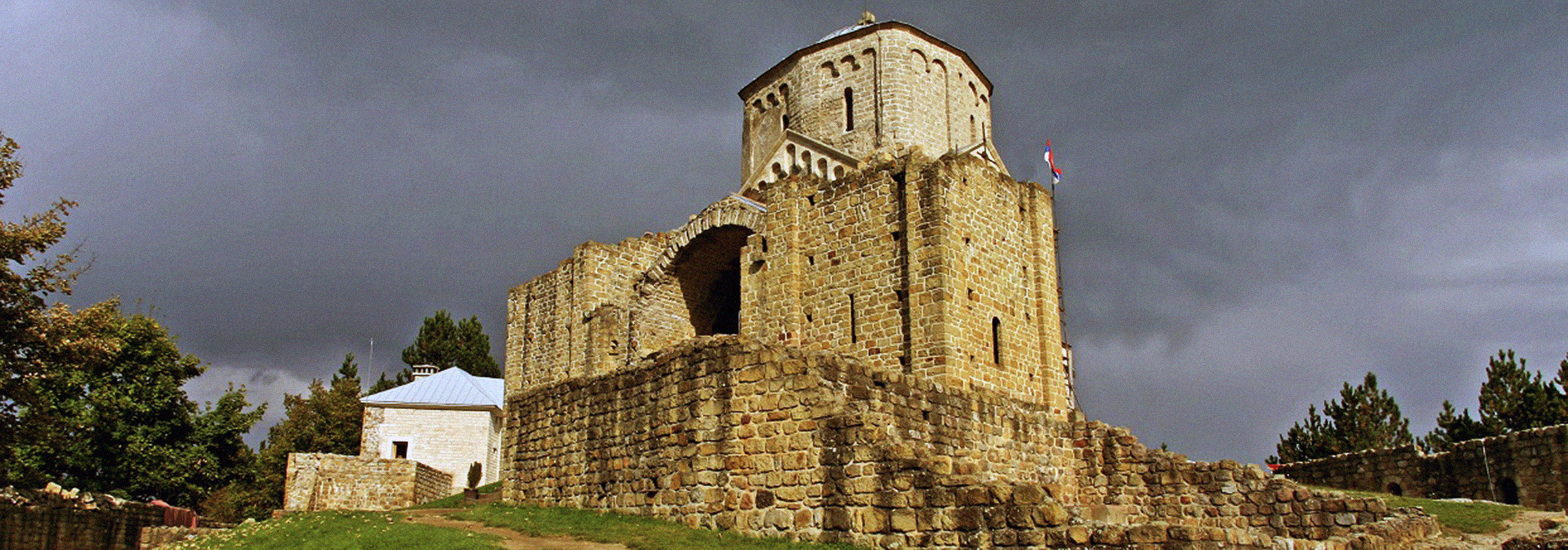

Built at a crossroads of civilisations, Serbia was a place where the cultures of the East and the West met and permeated each other throughout the Middle Ages. When Serbian architecture and sculpture experienced an influx of Romanesque influences from Southern Italy and the Adriatic coast, they merged seamlessly with the existing Byzantine influences and created a unique style, which you can experience by observing Serbian monasteries built in the famous Raška style, which reached its peak in the 12th and 13th centuries. Serbia is one of the nine countries on the Transromanica Cultural Route of the Council of Europe, which connects it with the most beautiful examples of Romanesque architecture in Germany, Austria, Italy, France, Portugal, Spain, Romania and Slovakia.
Žiča, the endowment of the Serbian ruler Stefan the First-Crowned and the seat of the first Serbian archbishop, was built in the 13th century. Its impressive decorations with characteristic Romanesque friezes and remnants of grandiose sculptures built by masters from the city of Kotor will take your breath away. And when you step underneath the robust dome which covers the monastery’s narthex, you will find out first-hand how the seven kings who were crowned under the very same dome, in ancient times, must have felt. More...
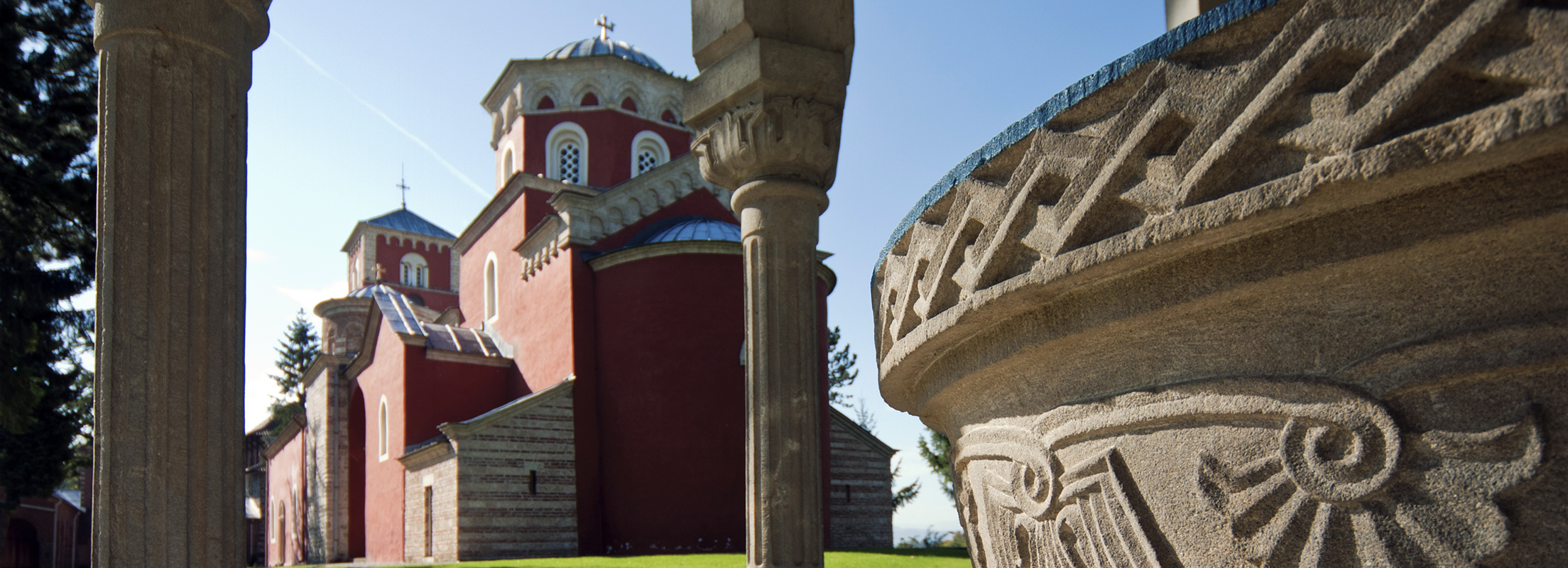
This monastery built by the Serbian Grand Prince Stefan Nemanja in the 12th century is one of the few Romanesque monuments inscribed on the UNESCO World Heritage List. Its well-preserved Romanesque architectural decorations are characterised by striking details, which tell the legends of fantastic plants and mythical creatures, such as dragons and lizards. The monastery’s façade is made of slabs of white marble, while its interior is decorated by numerous priceless frescoes painted in the 13th and 14th centuries. The frescoes of Studenica exude a ceremonial monumentality, with densely painted subjects and a refined style. The most striking among them, the Crucifixion of Christ, attracts visitors’ attention with its deep-blue background dotted with golden stars - painted in a manner reminiscent of Byzantine masters. More...
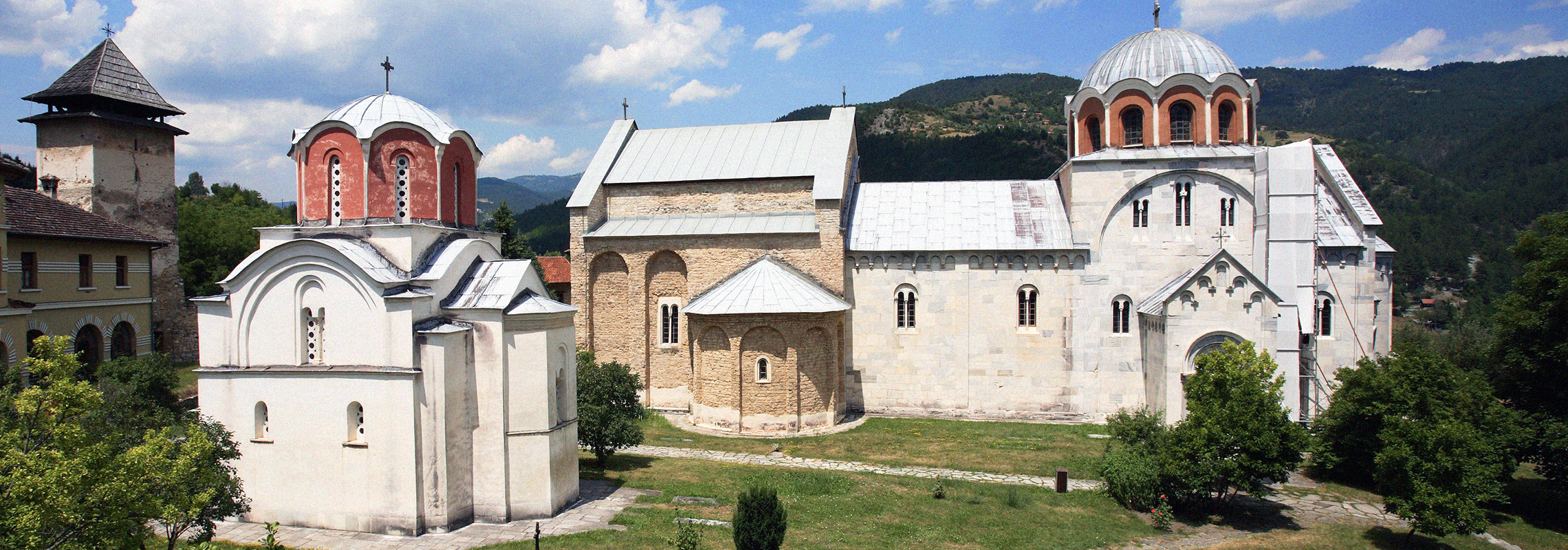
Gradac monastery was built by Helen of Anjou who wanted to merge the culture of her homeland and the tradition observed by her husband, Serbian King Uroš I. Built in the Raška style, the monastery is decorated with architectural reliefs designed as a unique blend of Romanesque and Gothic elements. The magnificent single-dome Church of the Mother of God, with its marble-framed windows and roof arcades, is the most beautiful part of the monastery, which has stood for centuries as a testimony to the matchless craftsmanship of the very best architects of the time.
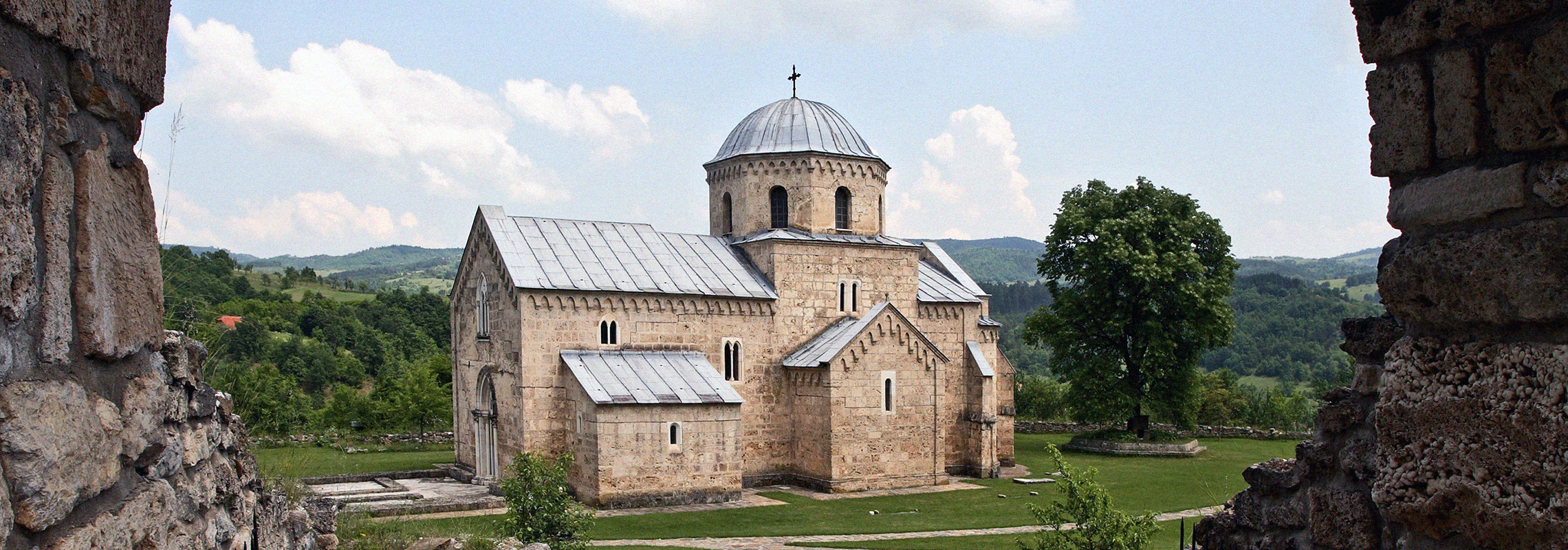
Upon careful examination of this sacral edifice, dedicated by King Uroš I to the Holy Trinity, lovers of medieval architecture will notice similarities with the three-nave basilicas typical of Western Christianity. This monastery, which served as the mausoleum for the family of King Uroš I, boasts some of the most beautiful frescoes of the 13th century, earning Sopoćani an inscription on the UNESCO World Heritage List. The most highly regarded among them is “Dormition of the Mother of God”, named the most beautiful medieval fresco at an exhibition in Paris in 1961. More...
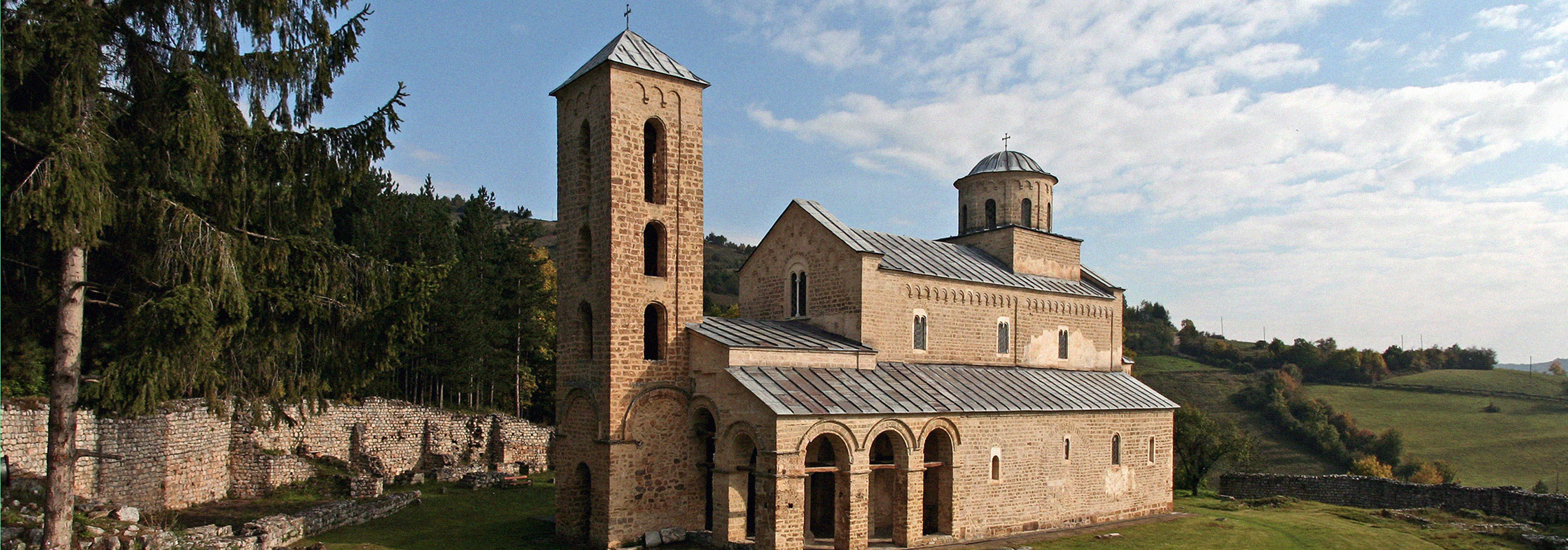
Towering above the valleys of the rivers below, is the silhouette of one of the first monasteries built by Grand Prince Stefan Nemanja in the 12th century. The monastery of Djurdjevi Stupovi is an eclectic mesh of the Raška architectural style, stone ornaments typical of Romanesque art and the Byzantine spirit of fresco painting. Owing to its enormous importance for humanity, Djurdjevi Stupovi monastery, together with the Stari Ras Fortress, the Church of Saint Apostles Peter and Paul and Sopoćani monastery, is inscribed on the UNESCO World Heritage List as a group of monuments under the common name Stari Ras with Sopoćani. More...
